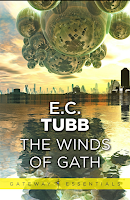 Title: A Fine and Private Place
Title: A Fine and Private Place
Author: Peter S. Beagle
Year: 1960
Pages: 272 pages
Rating: 5 of 5 stars
Peter S. Beagle’s A Fine and Private Place is a novel that doesn't fit neatly in a category. Part fantasy, part meditation, part quirky slice-of-life, it’s the sort of story that sinks its teeth into you. This is Beagle's first book, published about 8 years before his best-known book, The Last Unicorn.
The links above are to AbeBooks, I earn money from your qualifying purchases.
Honathan Rebeck was a former pharmacist who transferred to the Yorkchester Cemetery in an unknown big city for reasons unknown. While reading the book, I kept flip-flopping between Chicago and New York City in my mind, but it isn't either. It's a snapshot of a bustling city wrapped around green spaces, subways, museums, and cemeteries. It's anywhere in the 1960s.
The setting is brilliant: Yorkchester Cemetery. It’s here that Jonathan Rebeck, who has withdrawn from the world, has chosen to live. His home is a mausoleum. He is befriended by a talking raven that delivers food and news as needed. The raven is one of my favorite characters in the book. He’s blunt, greedy, funny, and oddly wise in his way of constantly reminding Rebeck that, no matter how withdrawn from society you become, the living have daily needs.
The cemetery is also home to the newly dead, who linger as ghosts for a while. Among them are Michael and Laura, two spirits who meet after death and fall in love. Their romance is heartbreaking and beautiful at the same time. They know their time together is limited. They will eventually move on and fade to an unknown fate, but they cling to one another anyway. Their relationship is the emotional anchor of the story.
Gertrude Klapper, a widow who visits her husband’s grave and ends up entangled in Rebeck’s strange little world. Unlike Rebeck, Gertrude isn’t hiding from life. At least not exactly. She’s practical, witty, and a little sharp-tongued. She offers Rebeck something he hasn’t had in years: real conversation, companionship, and the possibility of a future. The romance between them unfolds slowly, but it feels real, grounded not in passion or youthful idealism but in shared loneliness and the desire to live again.
As much as Rebeck has withdrawn, Gertrude only superficially interacts with the living beside Rebeck. Appearing more engaged, Gertrude is looking and failing to find more in life outside of the cemetery. But inside, she joins Rebeck's weird little clan and demonstrates rather than learns acceptance.
The title of the novel is from Andrew Marvell's poem, To His Coy Mistress: “The grave’s a fine and private place, but none, I think, do there embrace.” Beagle takes that line and asks: What if people do embrace them? What if love and hope could still flourish after death? That’s the novel’s central question, and answered well.
And that’s what I love most about A Fine and Private Place: it isn’t about excitement, instead focusing on characters and adventure. There are no battles, no magical systems, no apocalyptic stakes. The drama comes from conversations, small choices, and fleeting connections. It’s a novel about people learning, very quietly, how to live, how to let go, and most importantly, how to love.
The ending manages to be both sad and hopeful. Some characters move on, both literally and figuratively, while others take tentative steps back into life. There’s no neat bow tied around everything, but that’s exactly the point. Life and death don’t work that way. What Beagle offers instead is a reminder that impermanence doesn’t make love or connection meaningless. It makes them precious and joyous.
You can also purchase this book on Amazon.com with this link. As an Amazon Associate, I earn from qualifying purchases.
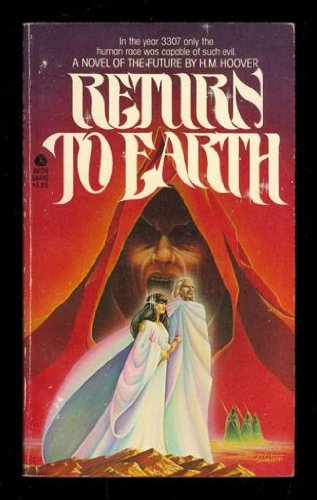

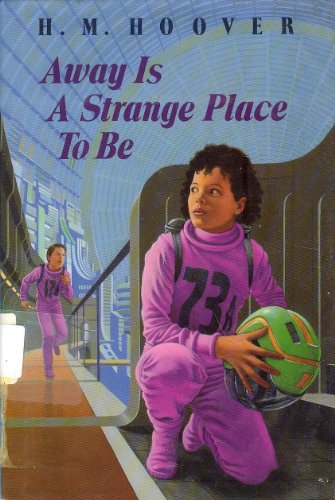
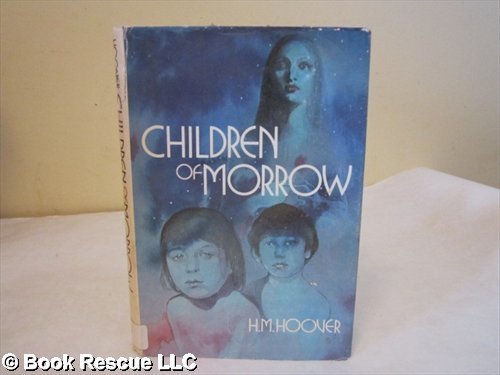
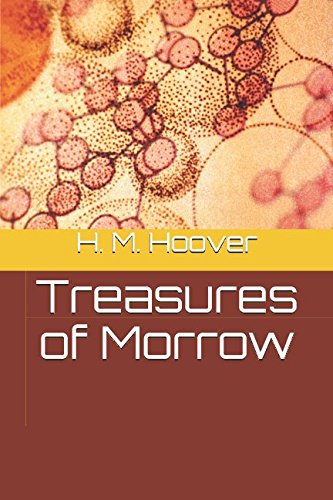
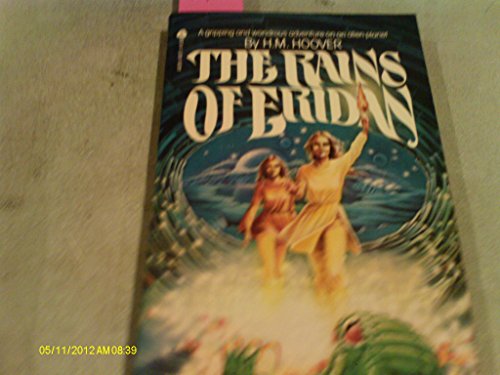
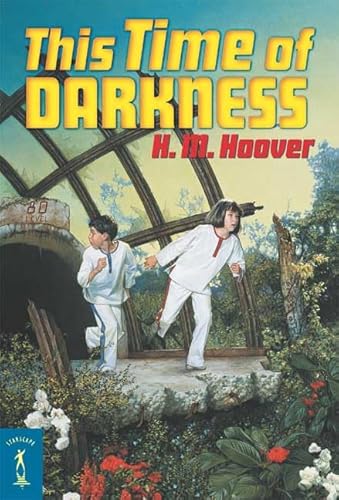


.jpg)







